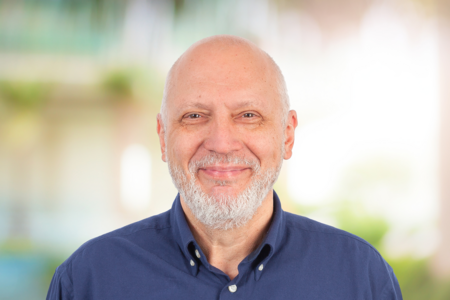It’s Complicated

16 February 2017
I was really sad to hear that Hans Rosling had died a few days ago. I am instantly mesmerized no matter how often I watch him gesticulating enthusiastically in front of a fancy data visualization, explaining some subtle trend in global poverty or other.
By all accounts a very nice man as well as a gifted communicator and respected scientist, he had a talent for explaining complex issues without ignoring nuance or patronizing his audience. He became a bit of a rock star because of his myth-busting talks on development and health data, but it’s perhaps not so widely known that he actually made his name doing fieldwork in Africa. He studied a terrible paralytic disease called konzo, which occasionally flares up in some parts of the southern and central regions of the continent.
It turns out that konzo is caused by eating too much “bitter” cassava along with too little protein, which tends to happen more often during droughts and civil wars in the remote rural areas where the disease is endemic. Bitter cassava refers to those varieties of the crop that are higher in cyanide. Bad as that sounds, normally this wouldn’t matter too much. You can wash the cyanide out when preparing the cassava flour. And if your intake of protein is adequate, the body can get rid of what remains. But under drought conditions the cyanide content of the cassava roots goes up, and you can’t get hold of the necessary amount of protein. Add the social dislocation that happens in war-torn areas, which means it’s more difficult to obtain adequate food and to process it properly, and you have perfect conditions for a konzo outbreak, and misery.
Rosling and his colleagues figured all this out over the course of two decades of arduous work, an enormous contribution to public health in the affected parts of Africa. But what to do about it?
I know what you’re thinking. This being a blog about crop diversity, the answer must be, well, crop diversity. Duh. Replace those nasty bitter cassava varieties with nice, “sweet” ones, surely. Of which there are no doubt hundreds in genebanks, if not in Africa then in South America, where the crop originated. There, you can even work in South-South interdependence.
I wish it were that easy. In fact, bitter cassavas are not all bad, all the time. The cyanide can provide protection against pests, and the need for proper processing apparently deters thieves; which all contributes to family food security. On balance, in fact, the better fix for konzo is often a combination of better crop management and more efficient detoxification, not necessarily only, always new varieties.
Alas, as much as we who are in the business of supporting genebanks would wish it otherwise, crop diversity is usually merely part of the answer. Rarely is it the whole answer. This was brought home to me forcefully this past week not just through remembering the konzo story when reading the tributes to Hans Rosling, but on no less than two other occasions.
A nice article on NPR sang the praises of new Brachiaria varieties, but made the point that these tropical forage grasses need to be properly managed as well, if they are to realize their full impact on both livestock nutrition and carbon emissions. And the extensive press coverage of the newly published genome of quinoa correctly highlighted its potential to help in breeding varieties lower in the anti-nutritional compounds known as saponins. But it failed to mention that saponins might have some uses after all, in industrial applications if not in protecting the crop from birds. And indeed that for quinoa as for cassava, more efficient processing methods might be a cheaper and more efficient way to go in any case.
Such complexity makes it very difficult to make the case for crop diversity, especially to those who only have the time to listen to short answers. How do you mount a compelling argument for something that although often (if not always) necessary, is rarely sufficient to solve a problem? Especially as you know full well that others are making the strongest arguments they can for all those other things that are also necessary, and not sufficient, but not your thing.
The temptation, of course, is to over-simplify, and perhaps even to exaggerate a tiny bit. But even in a post-truth world, that’s a temptation that must be resisted. We need to accept that the world is complicated, and that the solution to anything as multi-faceted as food security is also going to be multi-faceted. And we need better ways to communicate that beautiful, maddening complexity. It’s too bad we never got to discuss genebanks with Hans Rosling. He would have had some great ideas.
The opinions expressed here are those of the authors and do not necessarily reflect the opinions or views of the Crop Trust. The Crop Trust is committed to publishing a diversity of opinions on crop diversity conservation and use.

